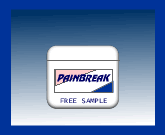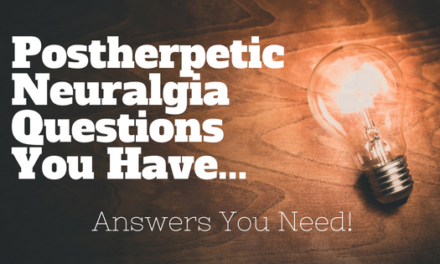Post Herpetic Neuralgia Meditation
Post Herpetic Neuralgia Treatment Series
What is Meditations?
Meditation can be broadly defined as any technique or activity that calms the mind and helps it to focus on the present or on a future desired state of existence. Do you recall hearing the advice, “if you get angry, count to ten before saying anything”?
Well, this is a form of meditation… counting to ten and staying in the present. Focusing on the numbers for only a few seconds may reduce the heart rate and allow the person to express themselves in a more coherent manner. There are hundreds of techniques and activities that would fall into the category of meditation. Moreover, there are two broad ways to define meditative techniques, namely concentrative and mindfulness.
In concentrative activities, the person will focus on one primary object, such as a mantra, one’s breath, a sound, etc. In mindfulness meditation, the person will be aware of their surroundings and feelings, but they try to remain detached from them.

Types of Meditation
01. Yoga
Developed over 5000 years ago in India, yoga combines the benefits of physical movement and mindfulness of the body. During yoga, a student can learn to calm the mind by focusing on the body and its movement. Although it is difficult at first, the mind can be trained to shut out stray thoughts and to stay focused on the body. Yoga is often thought of as “meditation in motion”. Almost all urban areas have yoga classes with trained instructors. The key is to find something that is very convenient so you can complete enough training to do yoga on your own.
02. Tai Chi
Also referred to a “meditation in motion”, this ancient art is characterized by slow, rhythmic, flowing motions that improve the physical balance of the body and allow the body’s energy to become balanced. After completing a training course, a person can practice Tai Chi, on their own.
03. Transcendental Meditation (TM)
This is one of the most popular forms of meditation perhaps because most people have heard of it and it can be simple to learn. The focus is on a mantra that you repeat to yourself as you sit quietly and comfortably. Focusing on the mantra helps to reach a state of concentrated alertness that helps you to rid your mind of stray thoughts. Eventually your mind will begin to quiet and you will be able to view any situation with a calm mind.
04. Mindfulness Meditation
These psychotherapy processes can be traced back to mindfulness therapy processes over 2500 years old used in Buddhist meditation. During this type of meditation, you are taught to focus on the current moment and to clear your mind of any other thoughts.
For example, you will concentrate on your body or breathing until another thought comes into your mind. Then you switch your attention totally to the new thought and observe it without any emotional bias.
Mindfulness therapy helps to recognize the past trauma without getting dragged into the negative reactions. The memories and associated physical sensations are observed like watching an impersonal movie.
05. Walking Meditation
As the name implies, during a walk, you focus your thoughts on your stride, your feet touching the pavement, and your breath. You keep your eyes focused on what is in front of you and do not let your eyes wander. When your thoughts wander, you bring them back to your body and its movements.
06. Zen
This ancient Buddhist practice promotes a calm mind by focusing on the present and making you more aware of your posture and breathing.

A Simple Method to Try Out On Your Own
You may want to try a simple meditation method, just for the fun it! It’s easy!
* Find a quiet, comfortable place
* Turn off the phone, TV, and radio
* Close your eyes
* Breathe slowly, fill your entire chest with air, allowing your stomach to expand
* Try to focus on your breathing and keep out stray thoughts. If you are worried about the time, just set a timer and then forget about the time.
Try this for just 10 minutes. If you do this for a week, you may begin to see the benefits. You may find that after the 10 minutes session, you will be more relaxed and will be able to handle difficult situations with a calmer mind.
If you have not yet done so, request a free sample of Painbreak®, the topical analgesic that is bringing relief to thousands of postherpetic neuralgia sufferers.

Yes, thousands are getting relief who thought they never could…
now it’s your turn!
It is always wise to seek advice from your own health practitioner before making any major changes to your current course of treatment.
From Boyce N Berkel, MD, PhD – Neuralgia Relief Center – For Your Health and Betterment





